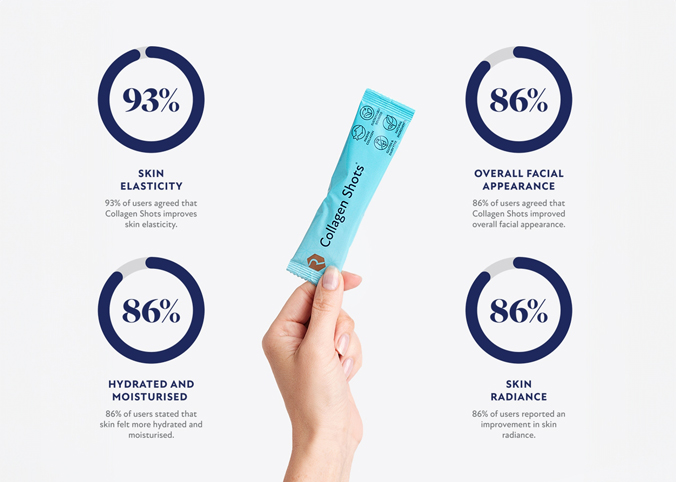Why you need to activate nuts and seeds

From delicious, indulgent cheesecakes to creamy (dairy-free) frostings and gooey brownies, nuts have a magical way of transforming ingredients into something truly special.
I’m never caught without a huge stockpile of nuts (cashews, almonds, macadamia, pecans, walnuts, pistachios, hazelnuts…I’m nuts for nuts!) in my kitchen cupboards as they’re so versatile when you’re creating healthier, more wholesome recipes.
Recently, a lot of people have asked me about soaking their nuts. There seems to be a huge trend towards soaking nuts, with thousands of recipes online calling for readers to dunk their nuts (there’s no way to say that without sounding rude!) in water for a few hours or overnight before getting creative.
So, why do it? Is activating nuts important? And, if so, how long should you soak your nuts for?
WHAT ARE ACTIVATED NUTS?
Firstly, it makes sense to talk about just what the heck activated nuts are. Well, as you may have already guessed from me typing away just now, activated nuts (and seeds – let’s not forget the seeds!) have been soaked in water for a period of time. Soaking helps your body to absorb all of those wonderful, nutty nutrients, and can also help to break down pesky compounds which can lead to digestive problems. As an added bonus, it also makes them easier and softer to blend into raw cheesecakes!
NUTS CONTAIN PHYTIC ACID
Soaking nuts can seem like a bit of a pain when you want to get your hands stuck in right away! However, I think that, often, knowledge is key – and hopefully this will help you to see that activating nuts really and truly is worth your time.
You see, while nuts are loaded with protein, healthy fats, fibre and body-loving minerals such as zinc and magnesium, they also contain phytic acid and enzyme inhibitors.
These naturally-occurring chemicals can have a huge impact on how well (or, how poorly, in this case) we absorb nutrients and they can actually impair our ability to take in the goodness from any minerals. They also have a habit of causing indigestion and stomach problems in many of us, particularly anyone with digestive problems.
Why is this? Well, for starters, phytic acid binds to some of those beneficial minerals found in nuts in the digestive tract, which makes them go AWOL when it comes to digesting or making use of them. Not such a problem if you’re only eating a handful as a snack, but a bit of an issue if – like me – you consume huge amounts of nuts as part of a healthier, free-from diet.
HOW TO ACTIVATE YOUR NUTS
The only way to neutralise that nasty phytic acid is to soak (otherwise known as activate / sprout / ferment) your nuts and seeds. This also applies to grains and legumes, which will be soaked in an acidic water.
Thankfully, activating nuts couldn’t be simpler – and you don’t need any fancy equipment to get going. Interested? Here’s how:
Add two cups of nuts to a large bowl, with enough water to cover (I tend to go about a cm above the nuts as they can swell) and a pinch of salt, then soak for the required number of hours. Nuts are soaked in salty water since the salt works wonders at awakening enzymes that can neutralise any nasties and enzyme inhibitors.
If you really want to go the whole way, then rinse and strain them before dehydrating.
For a guide on how long to soak your nuts – and how much salt you need to add – see below:
N.B
It’s important to avoid over-soaking cashews as they can go soggy and slimy. Stop soaking after six hours and dry quickly to avoid an unpleasant taste.






